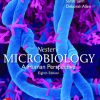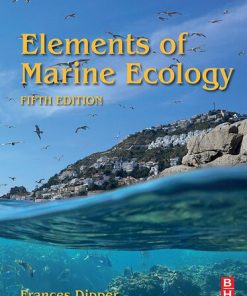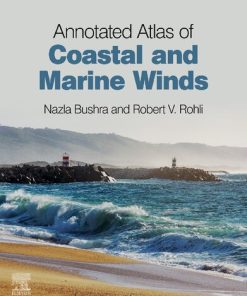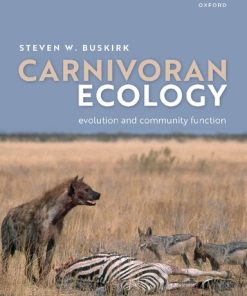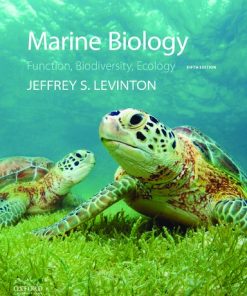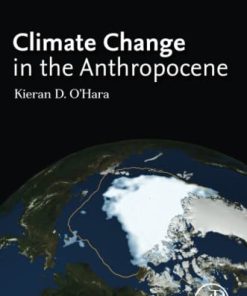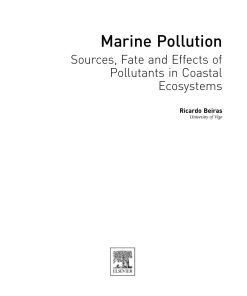Ecology of Coastal Marine Sediments: Form, Function, and Change in the Anthropocene
$50.00 Original price was: $50.00.$25.00Current price is: $25.00.
Ecology of Coastal Marine Sediments: Form, Function, and Change in the Anthropocene – Ebook Instant Download/Delivery ISBN(s): 9780198804772,0198804776,9780192526977, 0192526979

Product detail:
- ISBN 10: 0192526979
- ISBN 13: 9780192526977
- Author: Simon Thrush, Judi Hewitt, Conrad Pilditch, Alf Norkko
Marine sediments dominate the global seabed, creating the largest ecosystem on earth. Seafloor biodiversity is a key mediator of ecosystem functioning, yet critical processes are often excluded from global biogeochemical budgets or simplified to black boxes in ecosystem models. This accessible textbook provides an ideal point of entry into the field, providing basic information on the nature of soft-sediment ecosystems, examples of how and why we research them, the new questions these studies inspire, and the applications that ultimately benefit society. While focussing on coastal habitats (<200m depth) to emphasize process-based experimental studies, it is relevant to the full range of marine sedimentary habitats. The authors describe the interactions between marine organisms and their physical and chemical environment, demonstrating the need for carefully designed research programs and providing the basic steps required to formulate sound ecological questions before applying them to empirical studies of real-world ecosystems. The book reveals the connections between different system components and drivers of change, examining how we can develop knowledge on the biodiversity and functioning of soft sediments and apply it to a better understanding of ecosystem change, human impacts, and effective restoration. Ecology of Coastal Marine Sediments is intended for advanced undergraduate and graduate students who have completed a general ecology course but received no further training in marine science. It will also be useful to both professional researchers and resource managers in marine ecology and environmental science who seek a compact and authoritative introduction to sediment ecology.
Table of contents:
- Part I: The environment
- Chapter 1: The sedimentary environment
- Chapter 2: Benthic animals and plants and what they do to sediments
- Chapter 3: Disturbance, patches and mosaics
- Part II: Designing research
- Chapter 4: Design and the philosophy of sampling
- Chapter 5: Data collection methods and statistical analyses
- Part III: Communities
- Chapter 6: Describing assemblages and biodiversity of sediment-living organisms
- Chapter 7: Biotic interactions
- Chapter 8: Temporal variations in benthic assemblages and processes
- Part IV: Functioning
- Chapter 9: Ecosystem functions and the work of soft sediments
- Chapter 10: Biodiversity–ecosystem function
- Part V: Anthropocene
- Chapter 11: Human impacts
- Chapter 12: Climate change and seafloor ecology
- Chapter 13: Restoration of soft-sediment habitats
People also search:
You may also like…
Earth Sciences - Oceanography
Biology and other natural sciences - Ecology
Carnivoran Ecology : The Evolution and Function of Communities Steven W. Buskirk
Biology and other natural sciences - Genetics
Biology and other natural sciences - Ecology
Biology and other natural sciences - Ecology
Biology and other natural sciences
Carnivoran Ecology: The Evolution and Function of Communities Steven W. Buskirk



